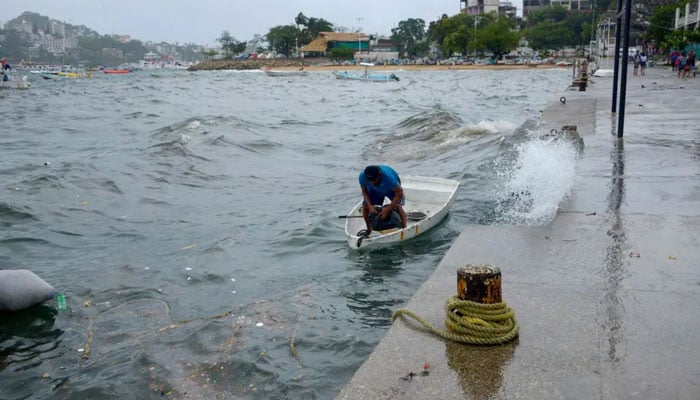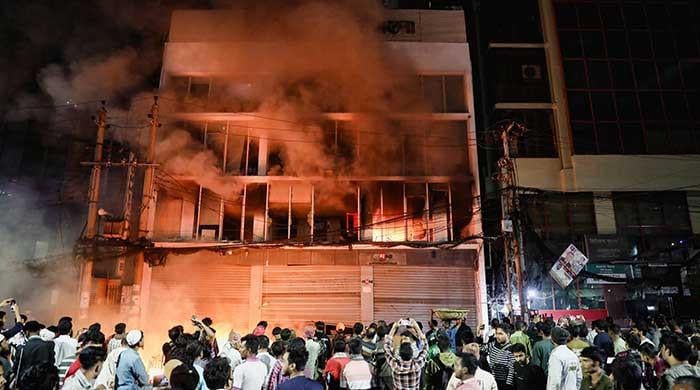High alert: California gears up for tropical storm Hurricane Hilary after 84 years
Last time California faced a tropical storm was a remarkable 84 years ago as Hurricane Hilary upgraded to Category 1 hurricane
August 18, 2023

As Hurricane Hilary rapidly intensifies in the Pacific Ocean, California finds itself on high alert, preparing for its first encounter with a tropical storm in over eight decades.
The rarity of this impending event has heightened concerns across the state.
The last time California faced a tropical storm was a remarkable 84 years ago. With Hurricane Hilary upgraded to a Category 1 hurricane and predicted to potentially bring significant flooding, authorities and residents are bracing for unprecedented challenges.
While the storm's anticipated landfall might weaken its impact, the looming threat of heavy rainfall remains a central concern. Particularly alarming is the prospect of multiple months' worth of rain falling within a mere couple of days. Such a deluge could lead to flash flooding, posing substantial risks to both urban areas and more vulnerable regions.
California's readiness for this unusual weather event is being put to the test, as the state adapts to a situation not experienced in living memory. The urgency to prepare for potential devastation has prompted local governments and emergency response teams to reevaluate their strategies and ensure that residents are well-informed and equipped to handle the impending challenges.
Rainfall from Hurricane Hilary is projected to reach parts of the Southwest as early as Saturday, with California bracing for the worst on Monday. Although the storm is predicted to weaken as it approaches Southern California, experts caution that heavy rain and flooding remain imminent.
Southern California and parts of Nevada are expected to receive substantial rainfall, with estimates ranging from 2 to 6 inches in the hardest-hit areas. In addition to the risk of flooding, the saturated ground could lead to mudslides and other forms of damage.
Even as the Southwest faces the threat of destructive flooding, the deluge could offer respite to the ongoing drought conditions plaguing the region. States like California and Arizona have struggled with drought, which has further worsened due to the absence of the usual monsoon rains this summer.









